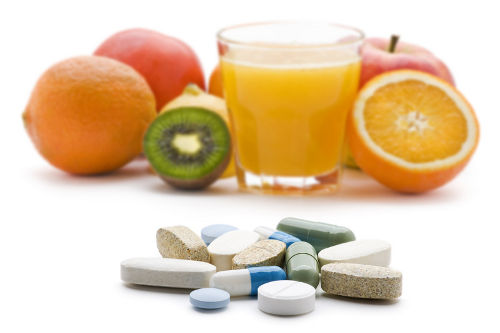Ask the Editor: Three Significant Food Interactions with ADHD Medications
The Carlat Psychiatry Report, Volume 16, Number 10, October 2018
https://www.thecarlatreport.com/newsletter-issue/tcprv16n10/
Issue Links: Learning Objectives | Editorial Information | PDF of Issue
Topics: Free Articles | Practice Tools and Tips | Psychopharmacology
Editor-in-Chief of The Carlat Psychiatry Report. Practicing psychiatrist, Winston-Salem, NC. Dr. Aiken has disclosed that he has no relevant financial or other interests in any commercial companies pertaining to this educational activity. Each month, Editor-in-Chief Chris Aiken, MD, gives advice on a different practice challenge. If you have a question you’d like Dr. Aiken to answer, please send an email to AskTheEditor@thecarlatreport.com. Dr. Aiken won’t be able to answer all questions received but will pick one each month that is of general interest. Dear Dr. Aiken: Patients often ask how their stimulant medication interacts with food. Can you tell us more about this? Dr. Aiken: The main issues are with extended release amphetamine salts and guanfacine ER (Intuniv). Outside of that, there are a number of minor interactions that may impact some patients. Sources: Markowitz JS et al, J Child Adolesc Psychopharmacol 2017;27(8):678–689; Auiler JF et al, Curr Med Res Opin 2002;18(5):311–316; www.pdr.net.
 Chris Aiken, MD.
Chris Aiken, MD.
A high-fat meal delays the time to peak concentration (Tmax) of some extended release versions of mixed amphetamine salts, in particular the following: Mydayis (delayed by 4.5–5 hours), Adderall XR (2.5 hours), and Adzenys XR-ODT (2–2.5 hours). In one study, a heavy breakfast caused levels of Adderall XR to drop 50% during the first 6 hours of the day. Lunch has no known effects. This food delay is minimal (1 hour or less) for lisdexamfetamine dimesylate (Vyvanse), Dyanavel XR liquid, and the extended release methylphenidates such as methylphenidate ER (Concerta) and dexmethylphenidate (Focalin XR).
Potential offenders include fruit juice, coffee, carbonated beverages, energy drinks, sports drinks (such as Gatorade), and vitamin C supplements. Though often quoted, this effect is understudied, and it’s not known how significant it is. While it applies to the IR amphetamines (Adderall, Evekeo, and Dexedrine), it is not thought to occur with extended release amphetamines or with methylphenidate derivatives.
This last interaction is significant and occurs when extended release guanfacine is taken with a high-fat meal. There’s a 75% rise in peak levels (Cmax) and a 40% increase in total exposure (AUC), which can lead to fatigue and hypotension. The other non-stimulants such as clonidine ER (Kapvay) and atomoxetine (Strattera) are free of food interactions.


